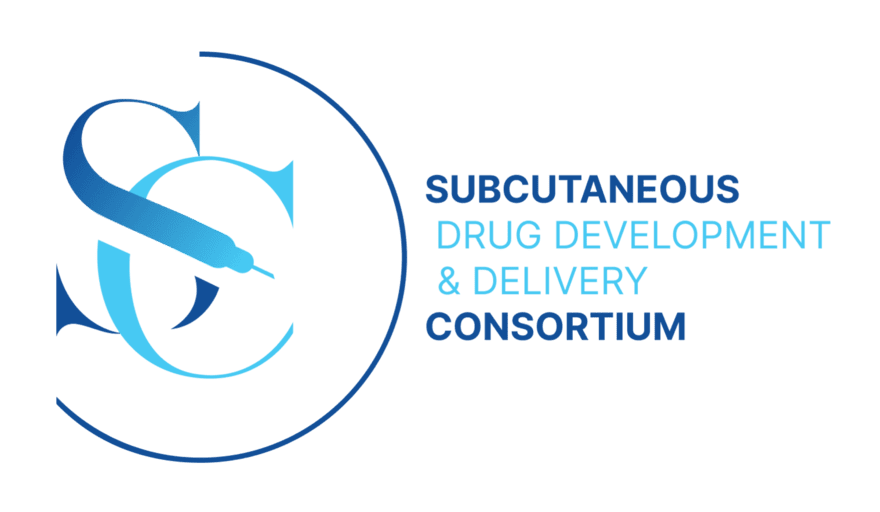Strategic Imperatives
Strategic Imperatives
Strategic Imperatives
The Subcutaneous Drug Development and Delivery Consortium (SC Consortium) and its members have developed the following Strategic Imperatives to guide the overall direction of the SC Consortium towards realizing its collective vision and mission:
- Establish the SC Consortium as the go-to industry collaboration hub for advancing the science, technology, and best practices for SC drug development and delivery
- Characterize top unmet needs in SC drug development and delivery and develop tools and positions that address unmet needs
- Engage key stakeholders around key opportunities related to SC Consortium activities
Inspired by the key strategic imperatives, members developed multiple Problem Statements that define top unmet needs in the industry.
Members then engaged several working sessions to refine and prioritize the top Problem Statements, around which sub-teams were established. These sub-teams bring together members of the SC community to address the identified problem statements
1. Bioavailability
Subcutaneous bioavailability for biologics varies (49% to 90%). Bridging the gap in translating in-vitro to clinical data is crucial. Developing predictive models will streamline SC product development, informing design decisions and dosage form development.


2. Clinical Development & Regulatory Strategy
The SC Consortium is advancing subcutaneous administration for high-dose biotherapeutics, but a unified industry stance on the optimal development pathway is still lacking. The CDRS subteam aims to address this for health authority interaction.
3. High Dose / High Volume
Gaps exist in the industry regarding understanding and implementation of best practices for CMC, clinical, and regulatory development of HDHV products


4. Immunogenicity
SC immunogenicity data is limited, with trials lacking insights into onset, kinetics, and response maturation across delivery routes. Industry lacks standardized models for broad comparisons, hindering understanding of long-term immune response and memory.
4. Immunogenicity
SC immunogenicity data is limited, with trials lacking insights into onset, kinetics, and response maturation across delivery routes. Industry lacks standardized models for broad comparisons, hindering understanding of long-term immune response and memory.

5. Patient Preference & Experience
SC developers lack a clear understanding and prioritization of patient preferences for optimal product design attributes. Insufficient quantitative data and ineffective opinions hinder communication. Developers require indication-specific evidence to guide SC product design decisions.


6. Sustainability in SC Products (New Sub-team)
Sustainability lacks collaboration and integration throughout the subcutaneous product value stream, leading to limited implementation relying on local solutions. Meaningful impact remains elusive.
6. Sustainability in SC Products (New Sub-team)
Sustainability lacks collaboration and integration throughout the subcutaneous product value stream, leading to limited implementation relying on local solutions. Meaningful impact remains elusive.

© 2025 Subcutaneous Drug Development & Delivery Consortium

